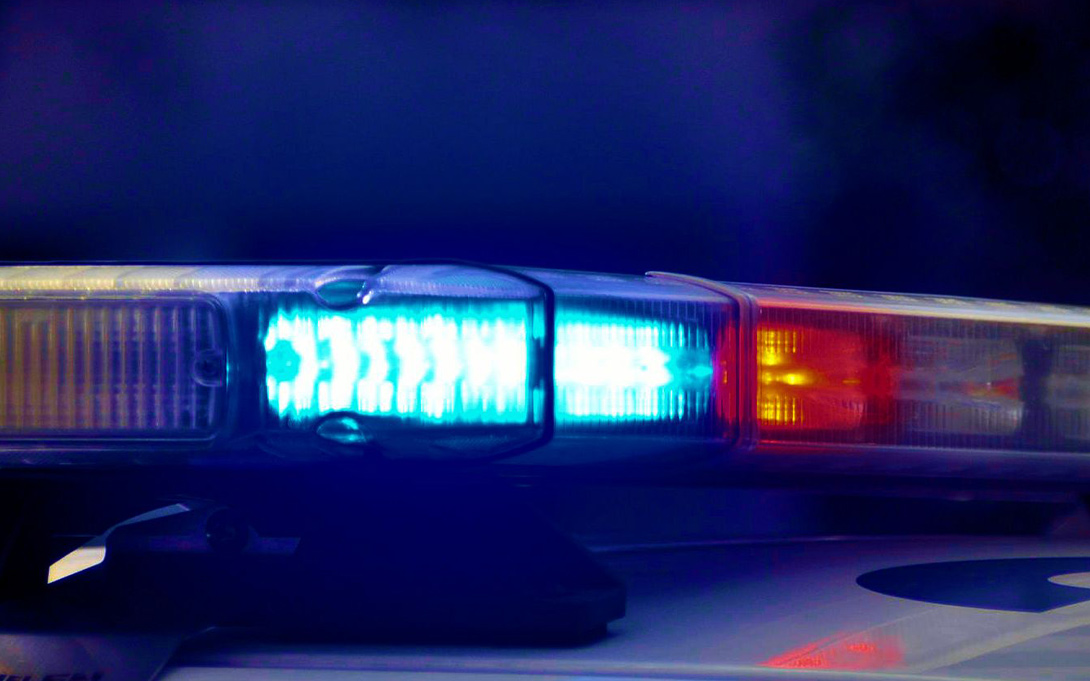
As police departments and activists look for strategies to reduce excessive use of force by police, new research from the University of Michigan shows limited data, lack of transparency and irregular implementation of reforms make it difficult to determine which approaches are effective.
The Black Lives Matter movement, which gained worldwide attention after the May 2020 death of George Floyd, has raised awareness of the police brutality and systematic racism that overwhelmingly affects Black Americans. While there are more white Americans killed by police than any other ethno-racial group, Black Americans, in particular, are disproportionately at risk of police violence: Police are more likely to stop Black Americans than white Americans, to use higher levels of force with Black Americans than white Americans, and to kill Black Americans than white Americans.
"The criminal legal system both causes and reinforces racial and socioeconomic inequalities. Understanding what works in reform and what we know and don't know about policing gives us greater insight into the interlinked systems that fail to function as they should for people with low incomes," said Trevor Bechtel, Poverty Solutions' project lead on the Prosecutor Transparency Project and an adjunct instructor at the U-M School of Social Work.
Bechtel co-authored a new policy brief, "Evidence on Measures to Reduce Excessive Use of Force by the Police," with U-M faculty members Mara Ostfeld and H. Luke Shaefer.
One explanation for why U.S. law enforcement officers shoot more people than law enforcement in other countries is that they are afraid civilians may be armed and use lethal force against them. The policy brief from U-M's Poverty Solutions and the U-M Center for Racial Justice evaluates the impact of gun control and 14 proposed reform measures on police use of force.
The analysis focuses on policing reforms proposed by Campaign Zero's "8 Can't Wait"; the George Floyd Justice in Policing Act of 2020, which was passed by the U.S. House of Representatives but stalled in the Senate; and the 2015 President's Task Force on 21st Century Policing. The proposed reforms include de-escalation training, banning chokeholds, banning no-knock warrants, requiring use of body cameras and implicit bias training, among others.
"This brief is important because it challenges our assumptions about the benefits of many reforms," said Washtenaw County Sheriff Jerry Clayton. "All of us—police service professionals, community members and researchers—need to be challenged to make sure we are advocating for the right reforms that keep people safe."
Of the policies the researchers evaluated, stricter firearm policies had the most consistent relationship with reduced use of force among police. One analysis found the rate of fatal police shootings in the 10 states with the highest rate of gun ownership was 3.6 times greater than the rate of fatal police shootings in the five states with the lowest rates of gun ownership.
Research that examines police shooting rates before and after changes to state gun regulations found stricter firearms regulations also are associated with significantly lower numbers of fatal police shooting cases. In multiple states, law enforcement agencies have opposed laws that would allow civilians to carry guns without permits.
"Easy access to guns means police have to approach nearly every encounter as a potential life-or-death situation. The fact that many states have relatively lenient gun control policies makes this an area with particularly strong potential to reduce police use of force," said Shaefer, faculty director of Poverty Solutions, the Hermann and Amalie Kohn Professor of Social Justice and Social Policy, and a professor of public policy and social work.
Other evidence suggests employing more Black and women officers would reduce use of force rates. Black officers—and to a lesser degree, Latino officers—are significantly less likely to stop, arrest and use force against civilians, especially Black civilians, relative to white officers. Women officers are significantly less likely to arrest and use force against civilians, and especially against Black civilians, relative to men.
Body cameras worn by police officers also may have a positive impact on reducing use of force. New evidence strongly suggests body cameras can reduce police use of force and civilian complaints when worn by officers who do not have discretion over when the cameras are turned on and off.
"A key takeaway from our analysis is that while policies matter, the culture and context of the police department and the community it serves are also important factors in police violence. This can make it hard to determine if a community has low rates of police violence because of a specific set of policies, because of healthier intergroup dynamics, or both," said Ostfeld, associate faculty director of Poverty Solutions, the research director of U-M's Center for Racial Justice and an assistant research scientist.
"Overall, we need better data in order to analyze the effectiveness of proposed police reforms and better understand how to improve public safety for all U.S. residents."
This article was written by Michigan News.


